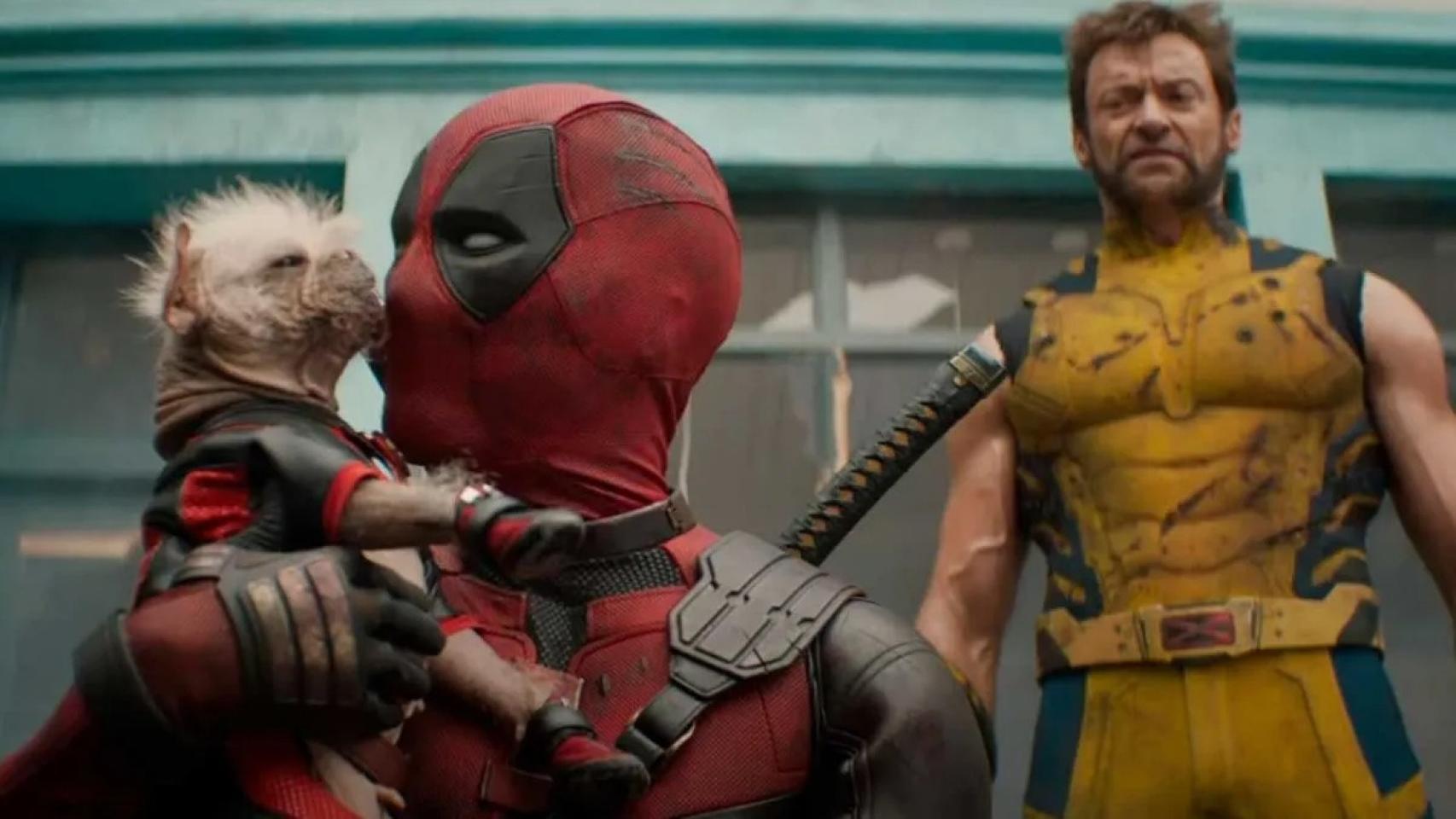Anyone who set foot on New Zealand soil a millennium ago would have discovered a veritable ornithological paradise, full of all kinds of feathers that have evolved without the shadow of a predatory mammal.
But the arrival of the Polynesians in the 13th century and later the Europeans changed the situation. Rats removed petrels and rails. Mice nibbled all the seeds and berries, leaving little for the birds to peck at.
Possums, introduced for their fur, cleared trees. Rabbits reproduced so fast that they devoured meadows and pastures. And imported stoats to kill rabbits reduced the numbers of cave birds, thrushes, owls and quail.
This has led to a decline in New Zealand’s native flightless birds such as the kakapo and the kiwi. Only about 70,000 wild kiwis remain, according to the Ministry of Defense, which is responsible for protecting the country’s natural and historical heritage.
Although the opterygiform is a true symbol of the country, few New Zealanders have seen the bird in the wild, with its long beak, brown plumage and small flightless wings.
But thanks to more than 90 nationwide initiatives created to protect it, its population is growing again. Among them is the Capital Kiwi Project, a charity funded by millions of New Zealand dollars in government grants and private donations.
“Special Bond”
In New Zealand, “We have a special bond with Kiwis,” the project’s founder and manager Paul Ward told AFP.
Kiwis are “at the heart of Maori mythology.” It was “our sports teams, rugby teams, defense teams, and even when we go overseas, we’re called Kiwis.”
“They’re strong, tough, adaptable, all the values associated with New Zealanders. But most of us have never even seen a Kiwi.”
According to Paul Ward, wild kiwis disappeared from the Wellington region about a century ago. So, they worked steadily to save them, first attacking their natural predators. Then they taught the local dogs to stay away from them.
The group has also declared war on stoats because adult kiwis can fend them off with their strong legs and sharp claws, which a chick can’t, Ward explains.
They set more than 4,500 traps in an area about 43,000 football fields in the hills around Wellington and captured 1,000 stoats.
“After removing the stoats”, explains Ward, the number of these predators was reduced enough to allow the release of the first group of kiwis in November 2022, which were carefully transported over 500 kilometers from a hatchery. School in Wellington.
A hush fell over the crowd as the first bird was released in front of 400 people who had never seen kiwis before, says Paul Ward.
“Our Duty”
Regular monitoring shows that this first generation performs well. Ward explains that they have gained weight after two months in freedom, “and they have plenty of food in these mountains.”
Over the next five years, the project aims to release 250 birds and introduce their characteristic cries into the daily lives of residents of the capital’s suburbs.
“It is our duty to watch over the animal that gave us its name,” he feels. Otherwise “we deserve to be renamed idiots.”

“Typical beer advocate. Future teen idol. Unapologetic tv practitioner. Music trailblazer.”



:quality(85)/cloudfront-us-east-1.images.arcpublishing.com/infobae/MKYXZKOXMFALPMPONCZCOUAWEE.jpg)



More Stories
Australia and New Zealand 2023 stadiums receive sustainable construction certification
New Zealand is revolutionizing gymnasts' equipment
Canoeing queen Carrington wants to add to New Zealand's record at the Paris Games